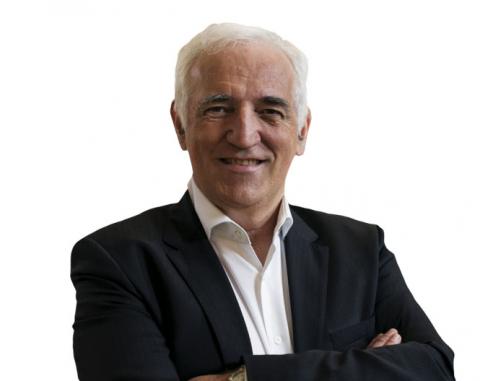Twenty years ago, CERN established a dedicated policy and structure for knowledge and technology transfer. Until then, the Organization had essentially followed the letter of the CERN Convention, which stipulates that: “the results of [the Laboratory’s] experimental and theoretical work shall be published or otherwise made generally available”.
This was an approach that bore much fruit, with innovations like the World Wide Web, and contributions to developments in medical imaging going back to the 1970s. An emerging field in those days, CERN brought its particle detection expertise to the table, producing its first PET scan, of a mouse, forty years ago.
CERN’s open approach to knowledge transfer worked well, but by 1997 the world had changed and a new approach was needed. While still following the spirit of openness embodied in the Convention, a more strategic approach was adopted and, for the first time in its history, CERN had a group dedicated to knowledge and technology transfer. Since then, some 18 start-up companies have been established based on CERN technology and continue to thrive today, and a network of Business Incubation Centres, known as BICs, has been established across nine CERN Member States.
The most significant development of this anniversary year is a new strategy for medical applications, which was presented to the CERN Council and approved in June. The new strategy describes how knowledge transfer related to medical applications fits in with CERN’s mission, taking into account the pertinence of particle physics technologies to the medical domain. It describes funding mechanisms and the technologies’ relevance to the demands of Member State industries, as well as outlining decision-making processes.
Under the new strategy, projects earmarked for attention include CERN-MEDICIS, which will produce innovative radioisotopes for medical research. In another initiative, a CERN-coordinated design study would contribute to the development of a new generation of compact and cost-effective light-ion medical accelerators, leveraging existing and upcoming CERN technologies and expertise to go beyond the Proton-Ion Medical Machine Study of the 1990s, which has been deployed at two hadron therapy centres, to produce a new concept for a more compact and cheaper machine for carbon and light ions. Computing and simulation for health applications is also on the menu, as are dosimetry and techniques in medical imaging, a constant thread in CERN’s knowledge transfer activities since that first PET scan in 1977. Last but not least, medical applications for high-field superconducting magnets are also under study.
All of these have something in common: they are intricately linked with CERN’s core business, and they all have potentially transformative applications in the medical domain. This is at the core of CERN’s strategy for knowledge and technology transfer, ensuring that developments made for particle physics find applications that bring benefits to society at large. It will be fascinating to see where the next 20 years of structured CERN knowledge transfer takes us.

